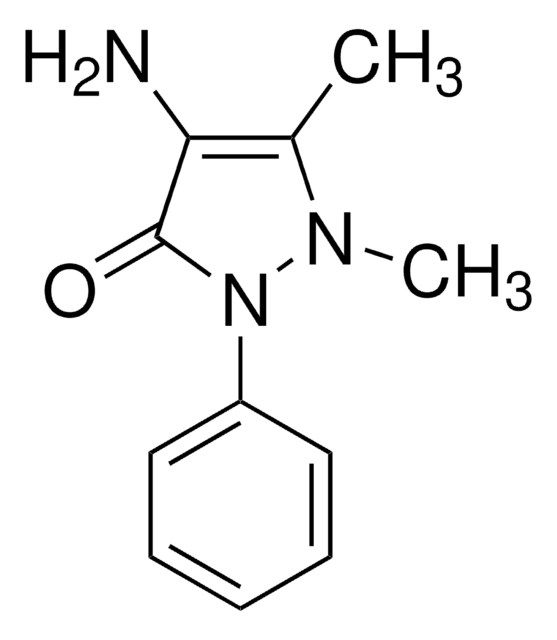11709
Barbitursäure
for spectrophotometric det. of cyanide, ≥99.5%
Synonym(e):
2,4,6-Trihydroxy-pyrimidin, Malonylharnstoff
About This Item
Empfohlene Produkte
Qualitätsniveau
Assay
≥99.5% (HPLC)
≥99.5%
Form
solid
Qualität
for spectrophotometric det. of cyanide
Methode(n)
UV/Vis spectroscopy: suitable
Glührückstand
≤0.05%
mp (Schmelzpunkt)
248-252 °C (dec.) (lit.)
Anionenspuren
chloride (Cl-): ≤50 mg/kg
sulfate (SO42-): ≤500 mg/kg
Kationenspuren
Ca: ≤10 mg/kg
Cd: ≤5 mg/kg
Co: ≤5 mg/kg
Cr: ≤5 mg/kg
Cu: ≤5 mg/kg
Fe: ≤5 mg/kg
Mg: ≤10 mg/kg
Mn: ≤5 mg/kg
Ni: ≤5 mg/kg
Pb: ≤5 mg/kg
Zn: ≤5 mg/kg
SMILES String
O=C1CC(=O)NC(=O)N1
InChI
1S/C4H4N2O3/c7-2-1-3(8)6-4(9)5-2/h1H2,(H2,5,6,7,8,9)
InChIKey
HNYOPLTXPVRDBG-UHFFFAOYSA-N
Suchen Sie nach ähnlichen Produkten? Aufrufen Leitfaden zum Produktvergleich
Verwandte Kategorien
Allgemeine Beschreibung
Anwendung
Lagerklassenschlüssel
11 - Combustible Solids
WGK
WGK 1
Flammpunkt (°F)
302.0 °F - closed cup
Flammpunkt (°C)
150.00 °C - closed cup
Persönliche Schutzausrüstung
Eyeshields, Gloves, type N95 (US)
Hier finden Sie alle aktuellen Versionen:
Besitzen Sie dieses Produkt bereits?
In der Dokumentenbibliothek finden Sie die Dokumentation zu den Produkten, die Sie kürzlich erworben haben.
Kunden haben sich ebenfalls angesehen
Unser Team von Wissenschaftlern verfügt über Erfahrung in allen Forschungsbereichen einschließlich Life Science, Materialwissenschaften, chemischer Synthese, Chromatographie, Analytik und vielen mehr..
Setzen Sie sich mit dem technischen Dienst in Verbindung.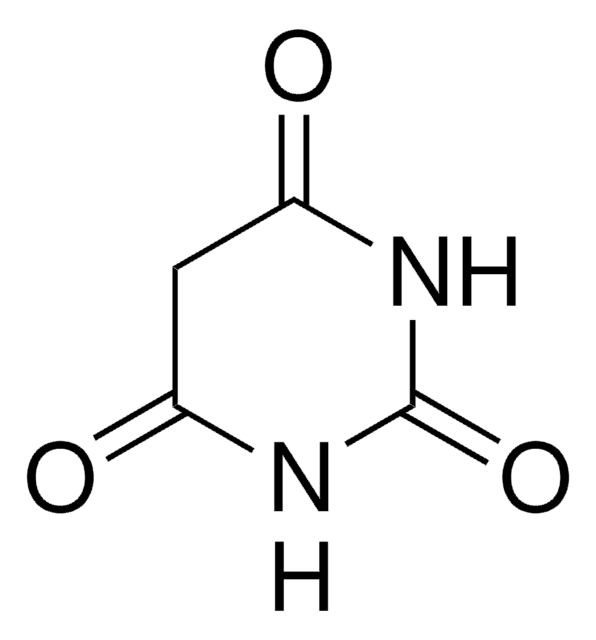



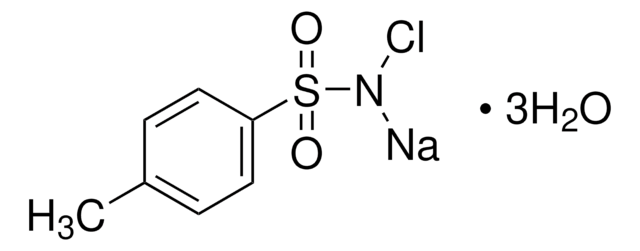
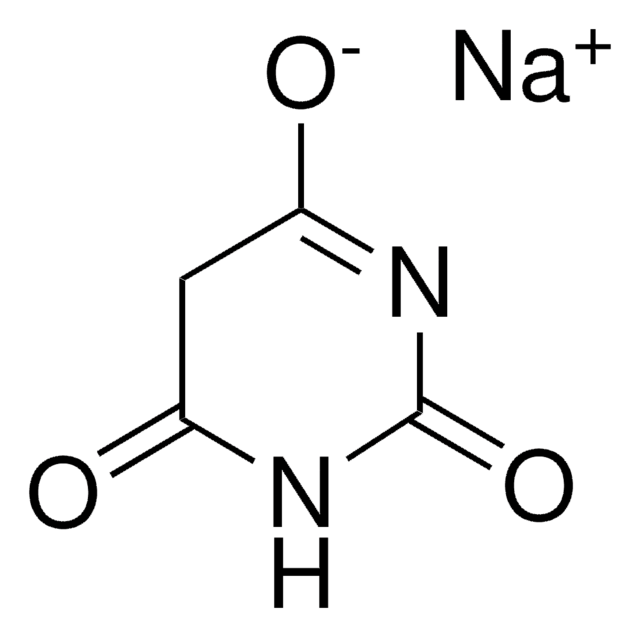
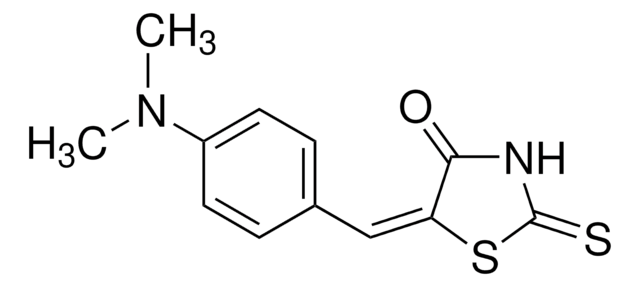

![Cyanid-Standardlösung traceable to SRM from NIST K₂[Zn(CN)₄] in H₂O 1000 mg/l CN Certipur®](/deepweb/assets/sigmaaldrich/product/images/920/032/af45eec3-100b-4996-8eb3-c3942d441bc9/640/af45eec3-100b-4996-8eb3-c3942d441bc9.jpg)




